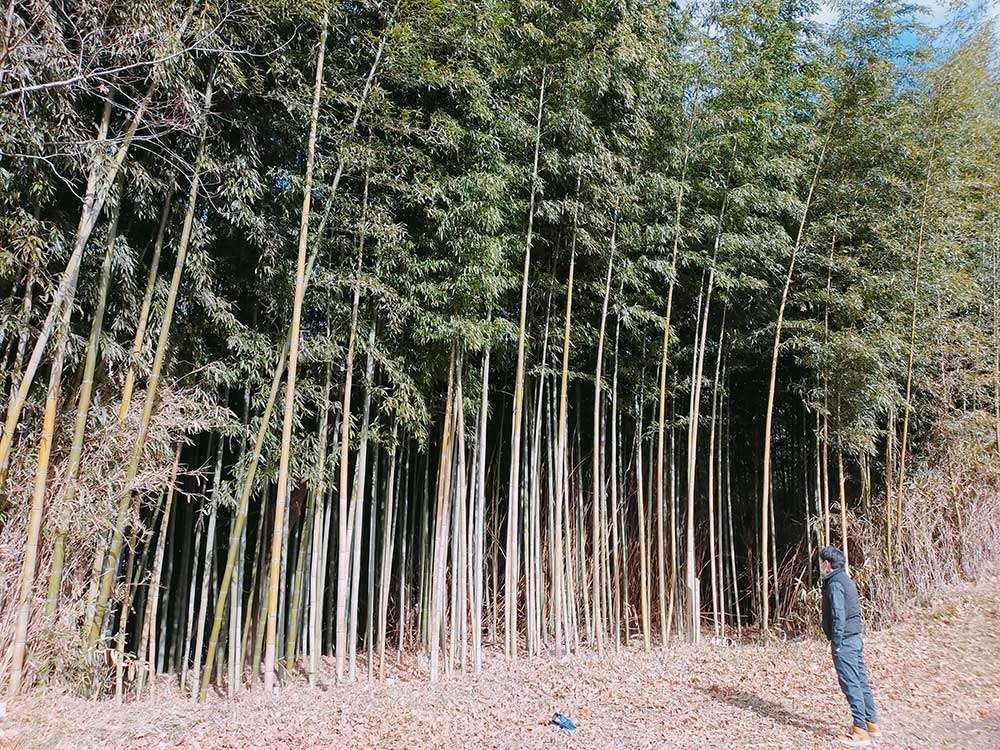For the past several years, Nabari City in Mie Prefecture has been using local bamboo to enliven the town with bamboo lanterns. This year, too, a Bamboo Lantern Illumination was held at the area's well-known scenic spot, Akame 48 Waterfalls, from mid-October to the end of January.
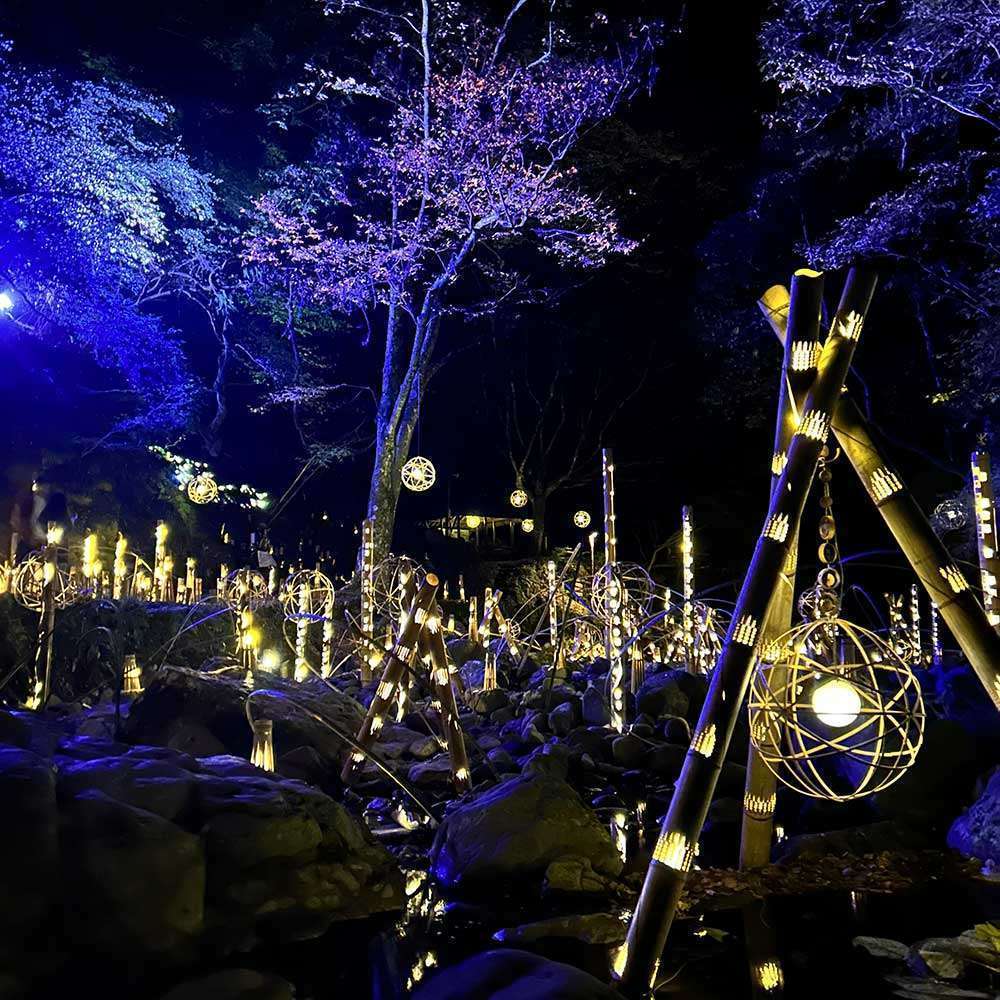
I had an opportunity to help cut down bamboo, which is used to make the lanterns for the illumination event.
The bamboo grove I tended to was in Akame Town, Nabari City. As I worked together with members of the Akame Community Development Committee, I considered how we can best coexist with nature.
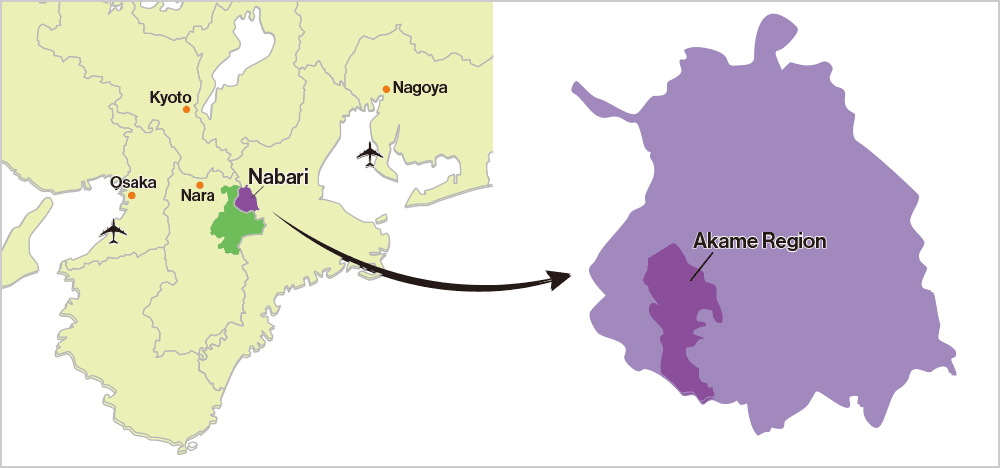
Abandoned Bamboo Forests
Do you know abandoned bamboo forests are becoming a problem throughout Japan?
Bamboo has been used in Japan since ancient times. For example, baskets made of bamboo have been excavated from Jomon-era ruins. Bamboo is featured in many Japanese folk stories such as The Tale of the Bamboo Cutter. It was closely associated with daily life. Even nowadays, every spring, Japanese people enjoy cuisine made with boiled and seasoned bamboo shoots.
However, with the advancement of technology, bamboo has been transformed into plastic, and domestic edible bamboo shoots have been replaced with cheap imported ones. Overall, the demand for bamboo in Japanese life has drastically decreased over the years. More and more bamboo trees are left unattended, resulting in abandoned bamboo forests.
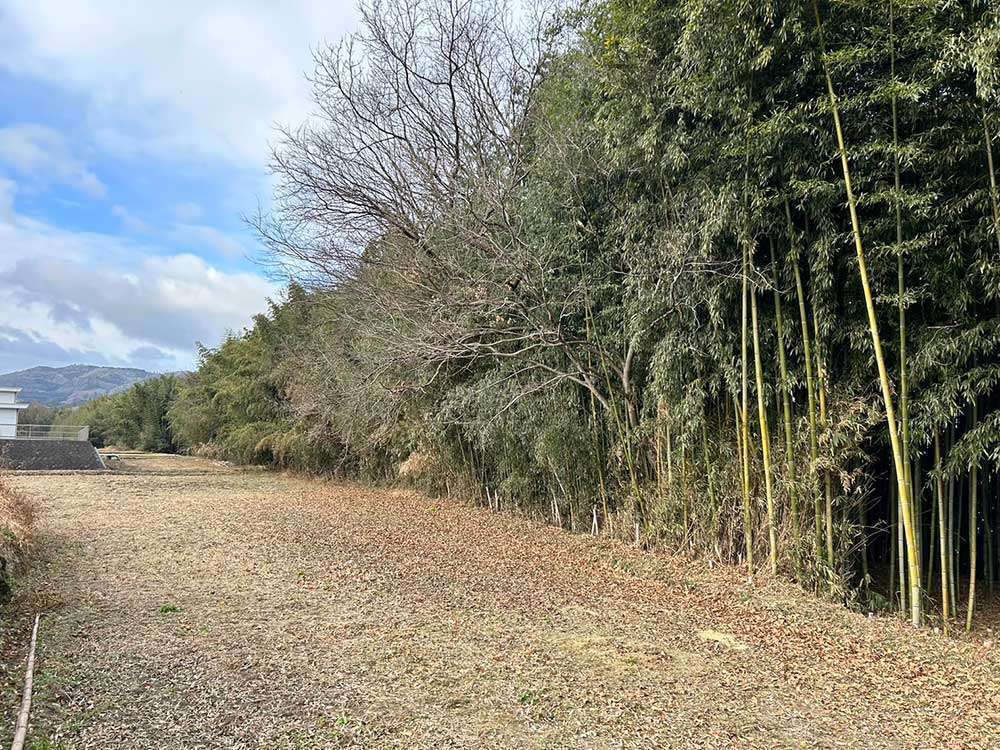 Such forests block out all the light. Few other species can survive in a dense bamboo stand. Besides depleted biodiversity, dense bamboo stands can cause landslides and complex wildlife issues.
Such forests block out all the light. Few other species can survive in a dense bamboo stand. Besides depleted biodiversity, dense bamboo stands can cause landslides and complex wildlife issues.
The people of Akame are working to solve this environmental problem.
Pruning and Thinning Bamboo for the First Time
Let me return to the story.
It started snowing early in the morning on that day. We had to work in frigid temperatures.
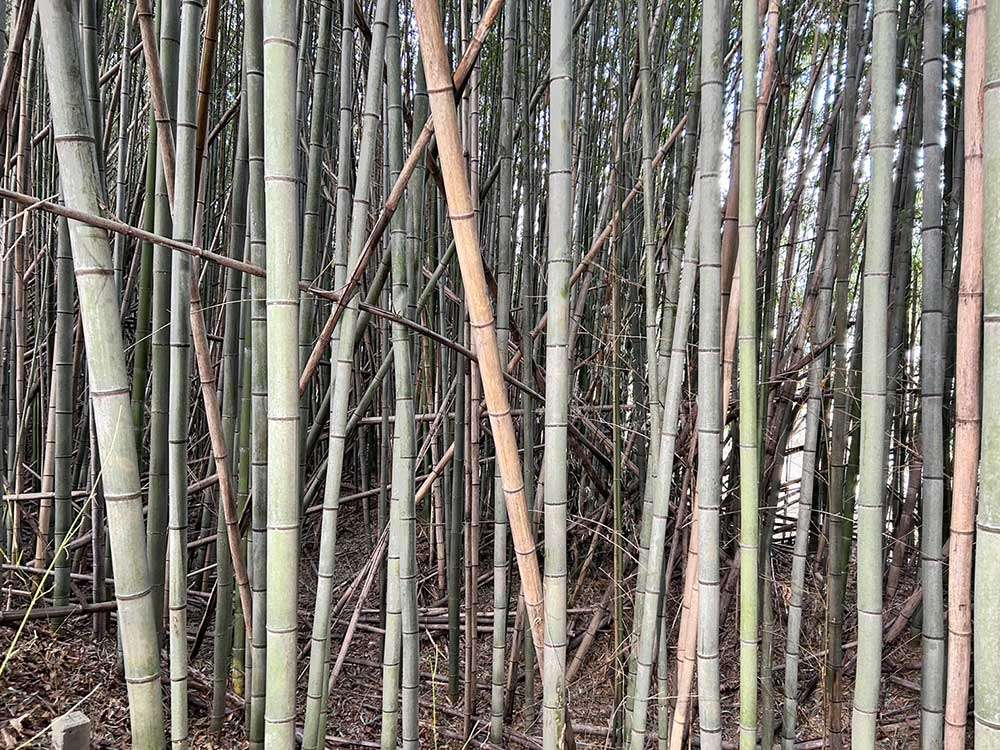
We stepped into the bamboo forest with a chainsaw. It kind of tickled my childish heart...exciting!
As I had not been close to mountains since childhood, this was a new experience for me.
Despite my excitement, what unfolded before my eyes was a dimly lit, somewhat lonely, eerie world.
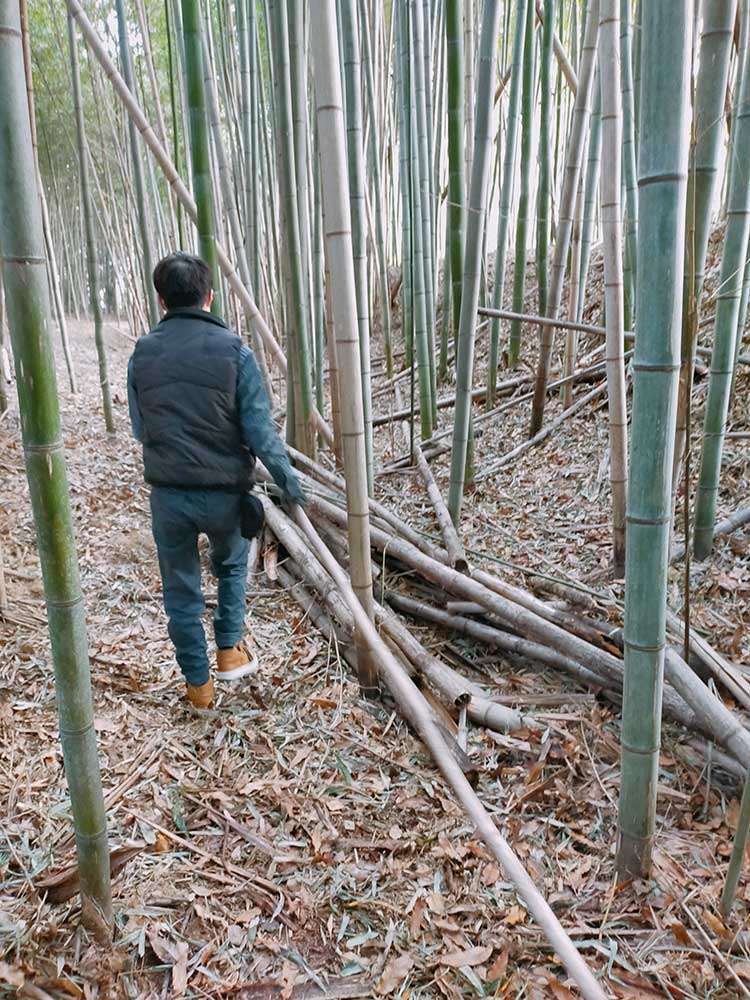
The beauty and freshness I expected were nowhere to be seen. Rather, the area was littered with dead bamboo and trash that must have been illegally dumped.
First, we gathered dead and fallen bamboo trees. Dead bamboo, with less moisture, is lighter and splits more easily than live bamboo.
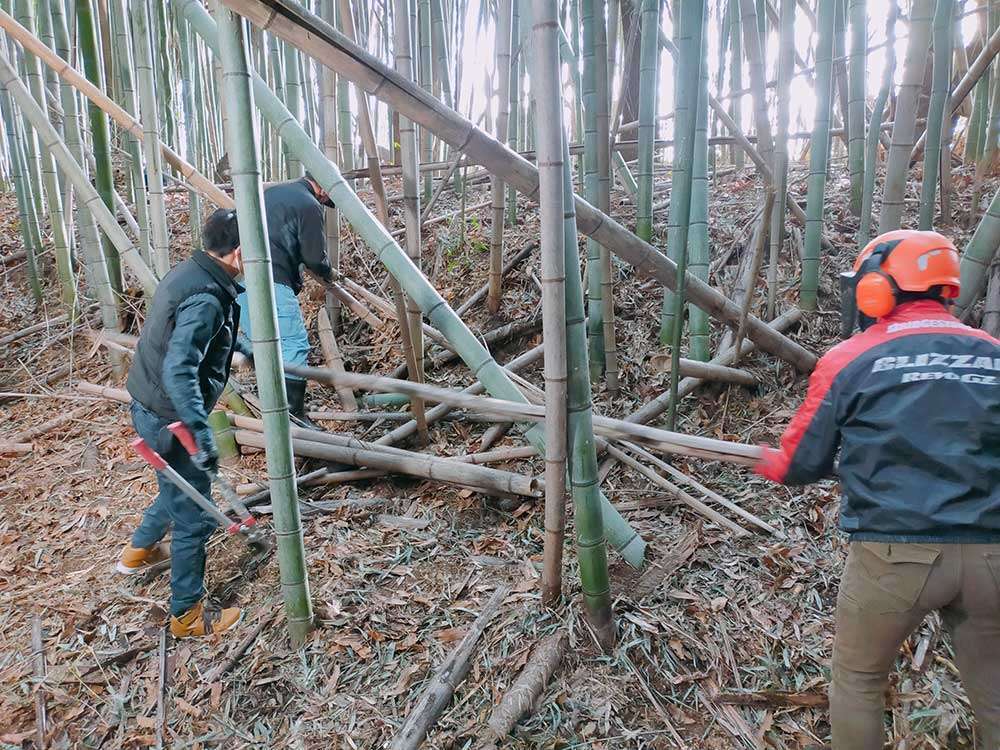
As we removed the dead bamboo, I was happy to see deeper into the bamboo forest than before, but at the same time, I felt that this was never-ending work.
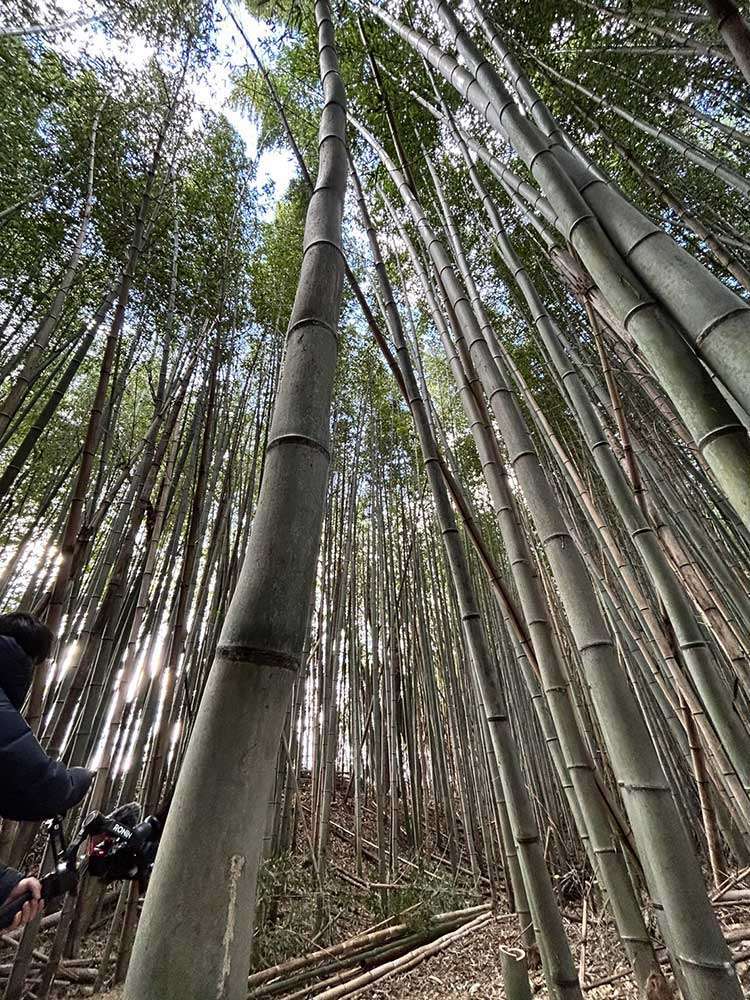
After moving the dead bamboo out of the way, we moved on to thinning.
As I mentioned earlier, the area with a lot of bamboo receives little light. Other plants cannot photosynthesize without sunlight, and their growth is hindered.
By thinning trees, we can create an entrance for light.
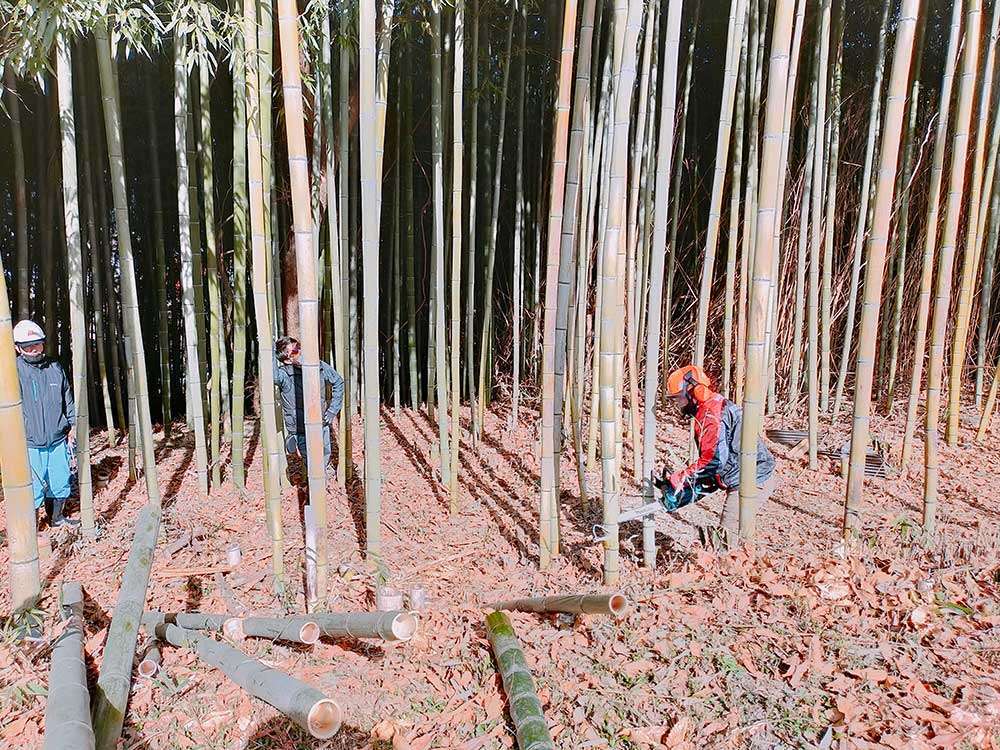
The thinned bamboo is then processed and used as bamboo lanterns and crafts. The members of the Akame Community Development Committee select timber suitable for lanterns, checking each stalk carefully. They have become bamboo experts.
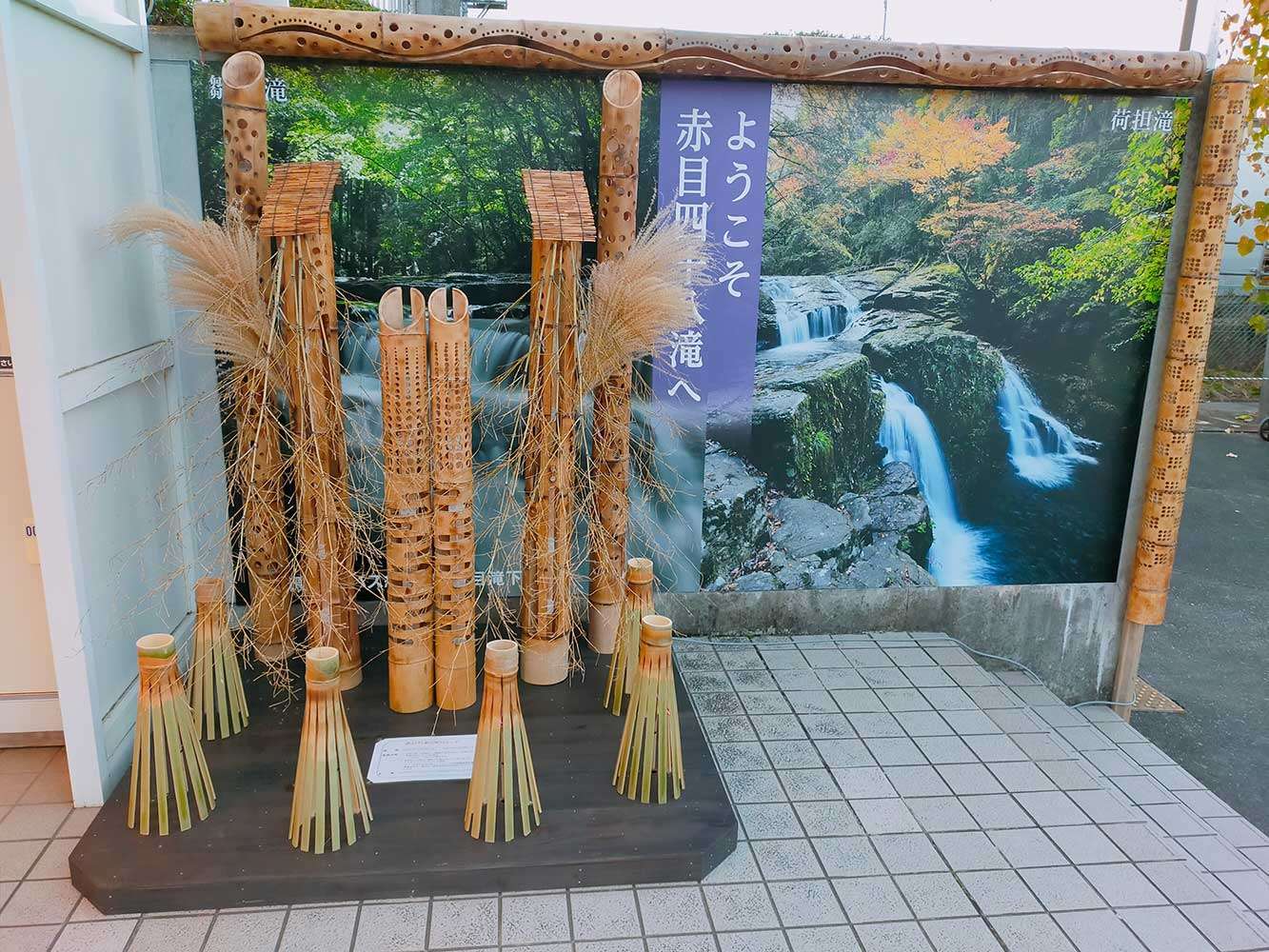
SDGs Activities to Turn a Vicious Circle into a Virtuous Circle
If you look closely at bamboo, you will notice something interesting. That is, the length between the joints, the way they bend, their thickness, and their color, are all different.
I had only vaguely noticed bamboo trees. When I looked closer, I could feel the power of plant life, with some growing straight, others at an angle, and each one even looked like it had its own character.
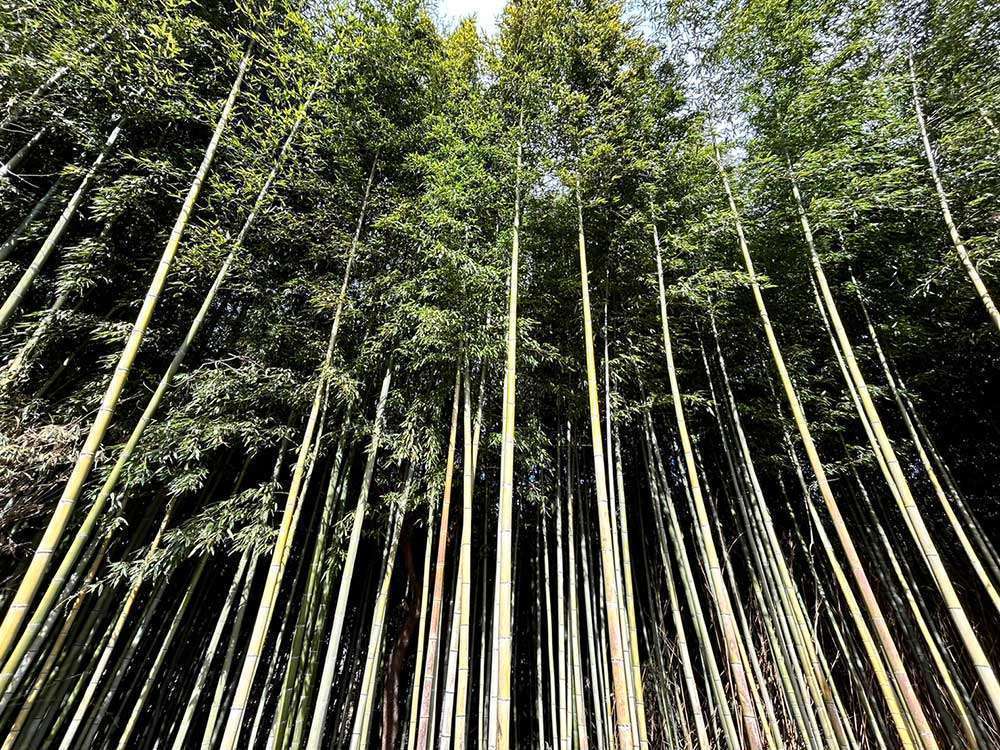
Such is the preciousness of nature, but unless someone manages and protects bamboo stands, they will become mostly dead, and become dim and eerie.
Now, bamboo forests, originally for the convenience of human life, have been neglected at our convenience.
In order to turn this vicious cycle into a virtuous one, the local community is taking the initiative in environmental, social, and economic SDG activities by utilizing bamboo, a local resource.
Not only do they maintain the area, but they also create bamboo lanterns and crafts, which brings the residents together, and the area has now become another tourist attraction in Akame.
I thought that this bamboo thinning experience itself could also be a valuable hands-on tourism experience in that participants can learn about nature.
A beautiful bamboo forest created by the locals and visitors could become a new attraction and a community place where locals and visitors alike can experience good old Japan. It was such a precious experience for me.
I thank everyone who I worked with, and who taught me.
This activity brightly illuminates a way forward for future generations in Nabari.
